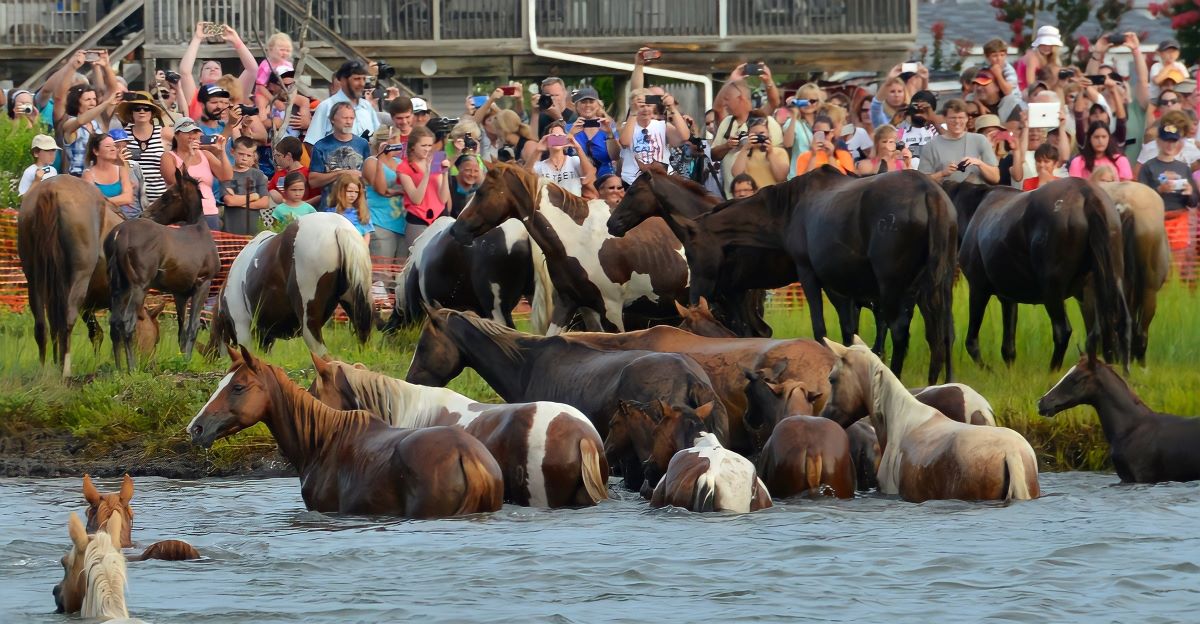
Assateague Island sits between Maryland and Virginia and, as of March 2025, is home to around 79 wild horses. This number may not seem that large, but it is consistently higher than that of the permanent residents that live there.
The local horse population is technically feral descendants that come from domestic horses. They are managed by the National Park Service, and there are strict regulations on their population and the amount of humans that can live on the island.
The island is a protected area, meaning that very few people are allowed to live on the island.
Origins
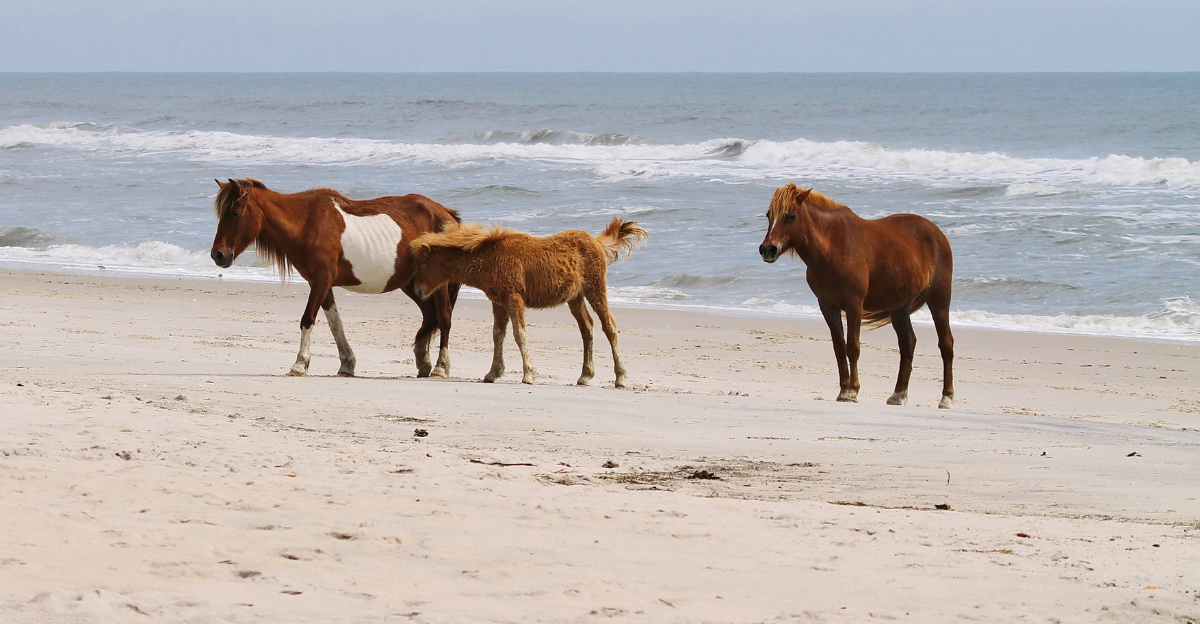
The horses that call Assateague Island home are not originally native and were introduced by humans hundreds of years ago. The theory that holds the most weight is that 17th-century settlers put the horses on the island to get around fencing laws and livestock taxes.
While many islands around the U.S. are habited by people, the harsh terrain means that Assateague Island wouldn’t be an ideal place for permanent settlement.
The horses had to adapt to the island’s conditions and started to thrive where humans couldn’t. This means that horses have been the dominant population on the island for centuries.
Barriers For Human Settlement

Assateague Island is considered a National Seashore and was first designated as one in the 1960s. This means that there are legal precedents that stop people from living on the island. These mandates ensure that the island’s natural and historic aspects are kept intact for future generations.
The ecological well-being of the island is put above any potential development. The island has its own risks, such as frequent storms and flooding. The soil quality is poor, which means no agriculture would be able to be established, even if it were legal to do so.
The horses are left on the island to roam freely, and their numbers are closely monitored to minimize ecological damage to the rest of the island.
Management Strategies

The horses that run free on Assateague Island are managed differently from the livestock population due to them only being partially domesticated. The National Park Service has employed fertility techniques to keep the Maryland herd between 80 and 100 horses.
This ensures that their population doesn’t drop too low, but their impact on the island’s ecosystem is minimal.
Access to the island is strictly regulated, and only temporary visitors are allowed to step foot on it. Staff are an exception, and a few are allowed to live on the island to monitor and look out for it.
Cultural Symbols
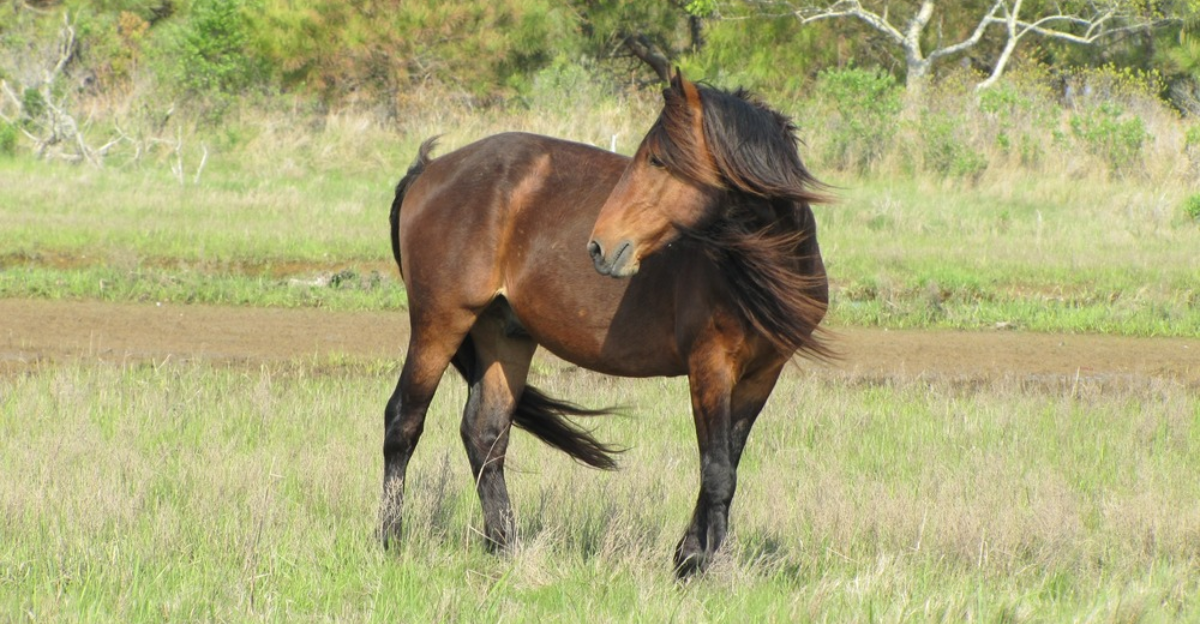
The horses of Assateague have become a powerful symbol in local culture. They are the focus of festivals, art, and ecotourism. Their status and heritage have ensured that they are protected under the law and cannot be removed from the island through political or social interests.
The horses are the local inhabitants of the island, and there is no plan for any urban development to take place, especially since laws would prohibit any infrastructure from being built in the first place.
This ensures that the horses remain the inheritors of the island and that humans are merely visitors or “groundkeepers.”
Ecological Impact

While the horses have established a permanent place on the island, their existence does create its own controversy. They are a non-native species after all, and their presence has disrupted the native ecosystem somewhat.
Over the centuries, they have trampled marshes and caused rapid dune erosion. Instead of removing the horses from the island, the management strategies aim to keep them as a sustainable population that doesn’t do any more damage to local habitats.
These efforts have had noticeable effects, with vegetation making a comeback.
Tourism
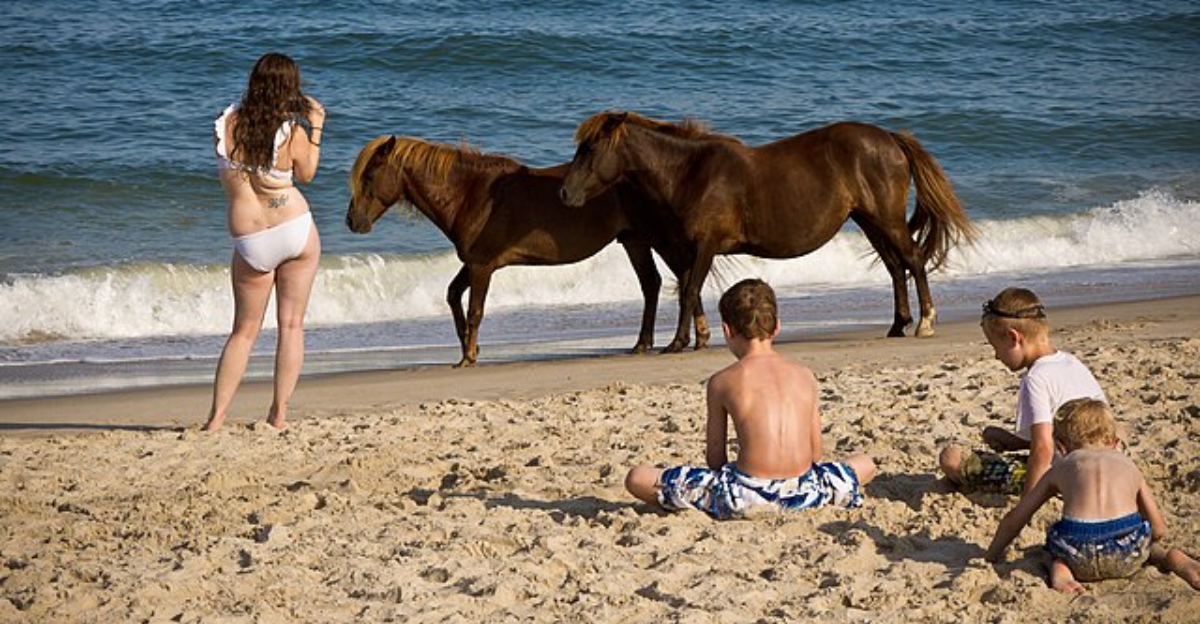
Assateague Island is a popular ecotourism destination, with it attracting hundreds of thousands of people annually.
These guests can visit the island and explore the beauty of the wild horse population but cannot stay permanently. The horses are the main focus of tourism efforts, and local economies benefit from this arrangement despite the lack of significant infrastructure on the island.
This only reinforces it as a place for the horses and not for human development. These factors make Assateague a unique and rare island.
What Would Happen If Development Happened?
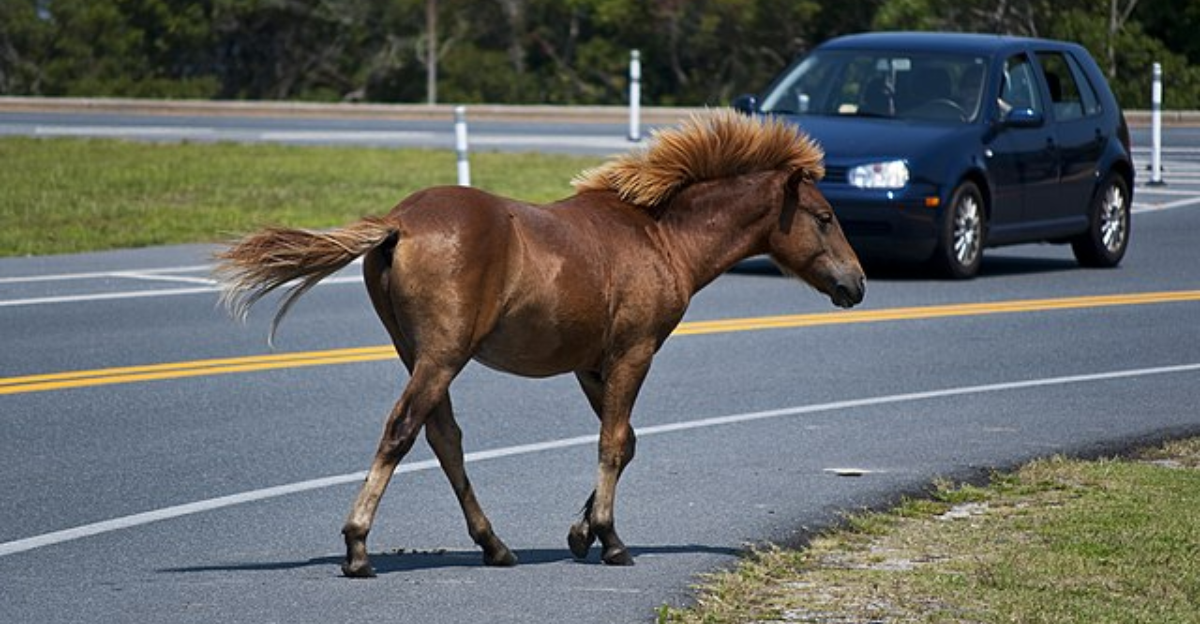
If laws surrounding Assateague Island were opened up and human settlement or industry was allowed to take place, there would be repercussions for the local population of wild horses, who would be displaced or reduced drastically in numbers.
Human development means that roads would run through local habitats and utilities like power lines would be laid, which would encroach on the ecosystem.
The horse-to-human population on the island is very intentional and serves to prioritize a wild landscape over human colonization. The island should remain a haven for these horses, serving a purpose both ecologically and economically.
The Future
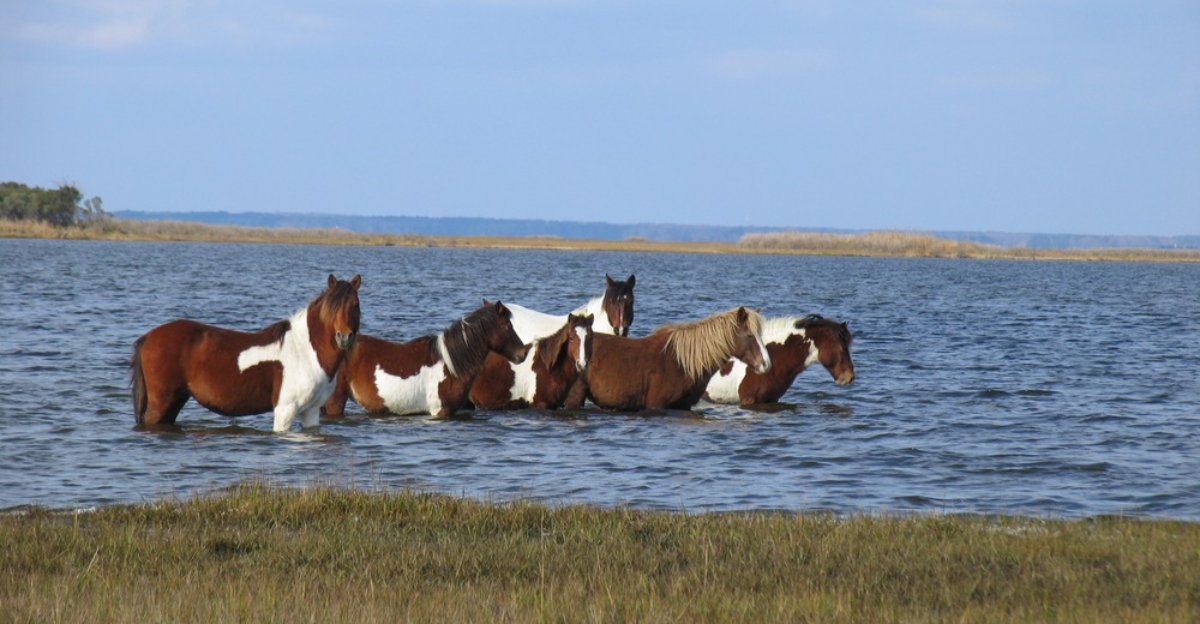
Keeping the island dominated by the wild horse population has knock-on effects on ongoing research into barrier island dynamics and invasive species control.
The island’s status also has cultural effects and cements it as a sanctuary for animals introduced hundreds of years ago and managed to adapt and thrive where humans hadn’t.
These conservation efforts are integral to both maintaining ecological balance and a place for important research that could be used as a model for other invasive species management programs.
An Island For Horses, Not People
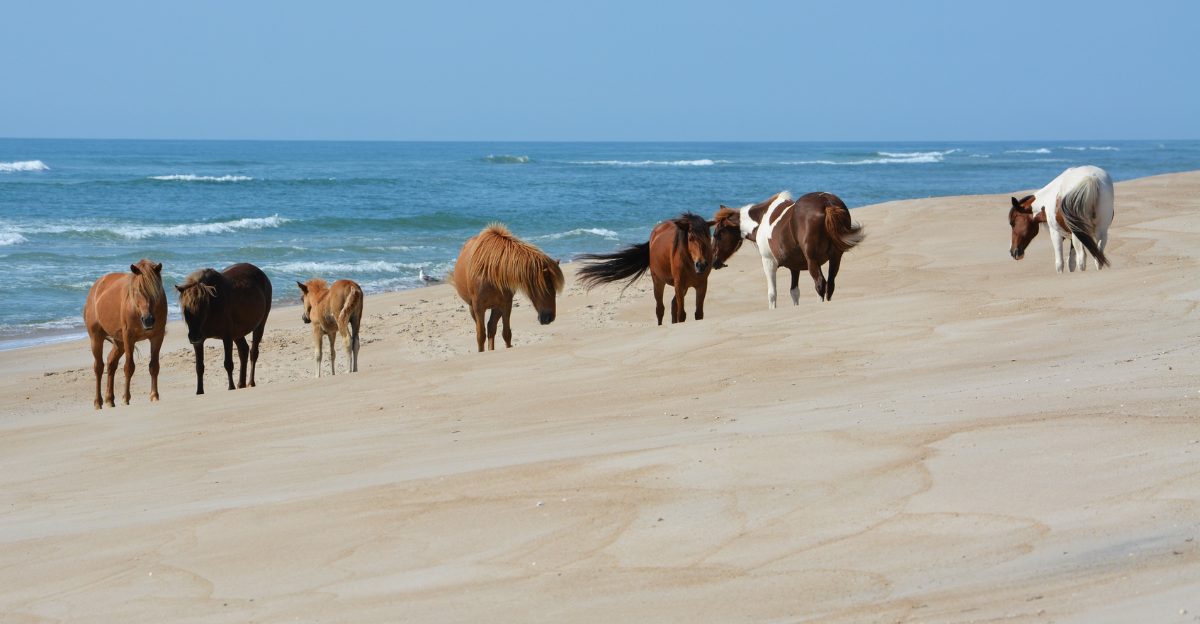
Assateague remains one of the few places on Earth where wild horses outnumber the local population of people by design. Historically, people placed the population on the island, and through sheer grit and will, the horses managed to survive, earning them a place there.
Through conservation efforts and population control, their damage to the local environment is being mitigated, ensuring responsible wildlife management and rectifying past mistakes without having to remove an invasive species that has nowhere else to go.
In a world where humans dominate every corner of the globe, the wild horse population on Assateague stands out as a rare and unique place where nature comes first.
Explore more of our trending stories and hit Follow to keep them coming to your feed!

Don’t miss out on more stories like this! Hit the Follow button at the top of this article to stay updated with the latest news. Share your thoughts in the comments—we’d love to hear from you!







